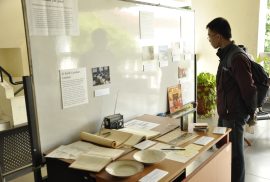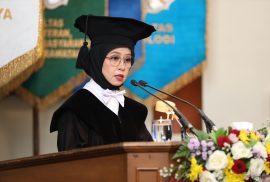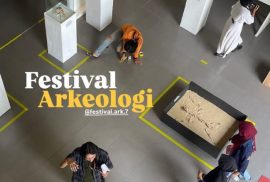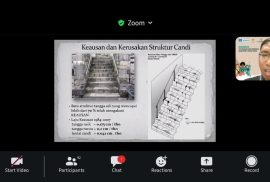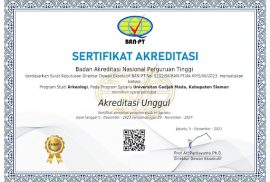Yogyakarta, June 17, 2025 – Fourth- and sixth-semester undergraduate students of the Archaeology Program held an exhibition across various corners of the Faculty of Cultural Sciences. This exhibition was organized as part of their final semester assignment (UAS), with each group presenting a different theme. One of the highlighted themes was “The Lifestyle of UGM Students Through the Ages,” which described the daily lives of UGM students and how they have changed over time.
The everyday life of students has shaped a unique lifestyle, influenced by technological advancements. From food choices to how meals are stored and carried, such as lunchboxes, to the evolution of fashion trends among students and the shift in study habits from handwriting to typing—all of these reflect the dynamics of student life.
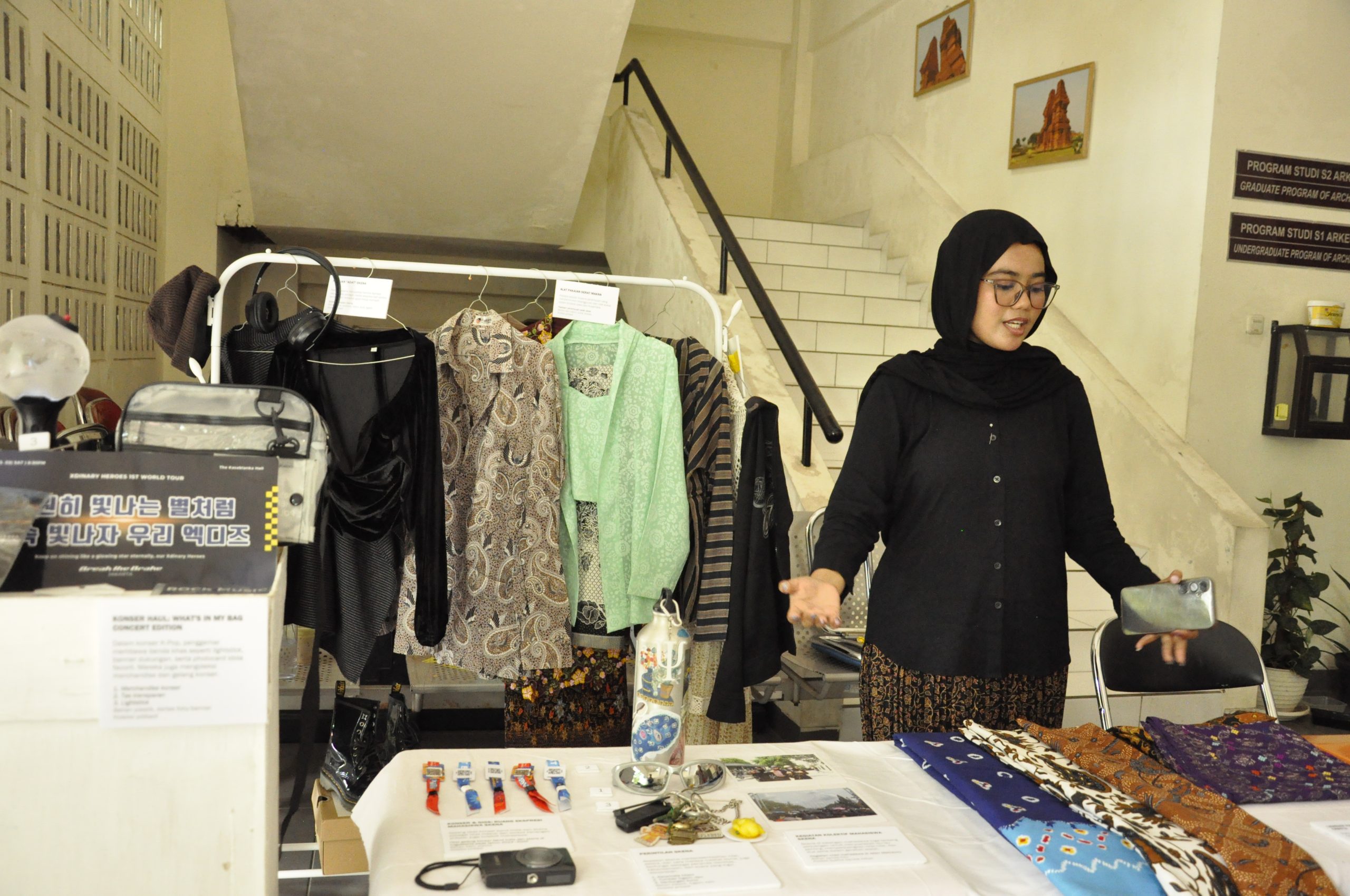
Another group presented the theme “Reading Pop Culture: Its Influence on UGM Students’ Lifestyle and Identity.” Pop culture has become an inseparable part of students’ daily lives. Through digital media, music, film, fashion, and fandom practices, pop culture has created unique communities. Within the campus dynamic, this culture continues to shape students’ identities through the encounter between local values and global currents.
The exhibition attracted many visitors. It provided students the opportunity to showcase their research and creativity while raising awareness about the importance of education in understanding cultural dynamics.
In this exhibition, each group displayed unique objects and explained each item. This practical approach not only made the exhibition more enjoyable but also emphasized the importance of experiential learning in education, aligning with the Sustainable Development Goals (SDGs) related to quality education.
The students expressed that the exhibition was a valuable experience that enhanced their understanding of archaeology and cultural studies. They highlighted the importance of collaboration and teamwork in preparing the exhibition, which helped them develop essential skills for their future careers.
Their hard work and creativity underscored the importance of such exhibitions in fostering critical thinking and cultural awareness among students. They encouraged more initiatives like this to promote a deeper understanding of the relationship between education and cultural identity.
Overall, the exhibition was a resounding success, showcasing the creativity and dedication of UGM archaeology students while contributing to a broader discourse on education and cultural identity.
[Public Relations of FIB, Alma Syahwalani]

